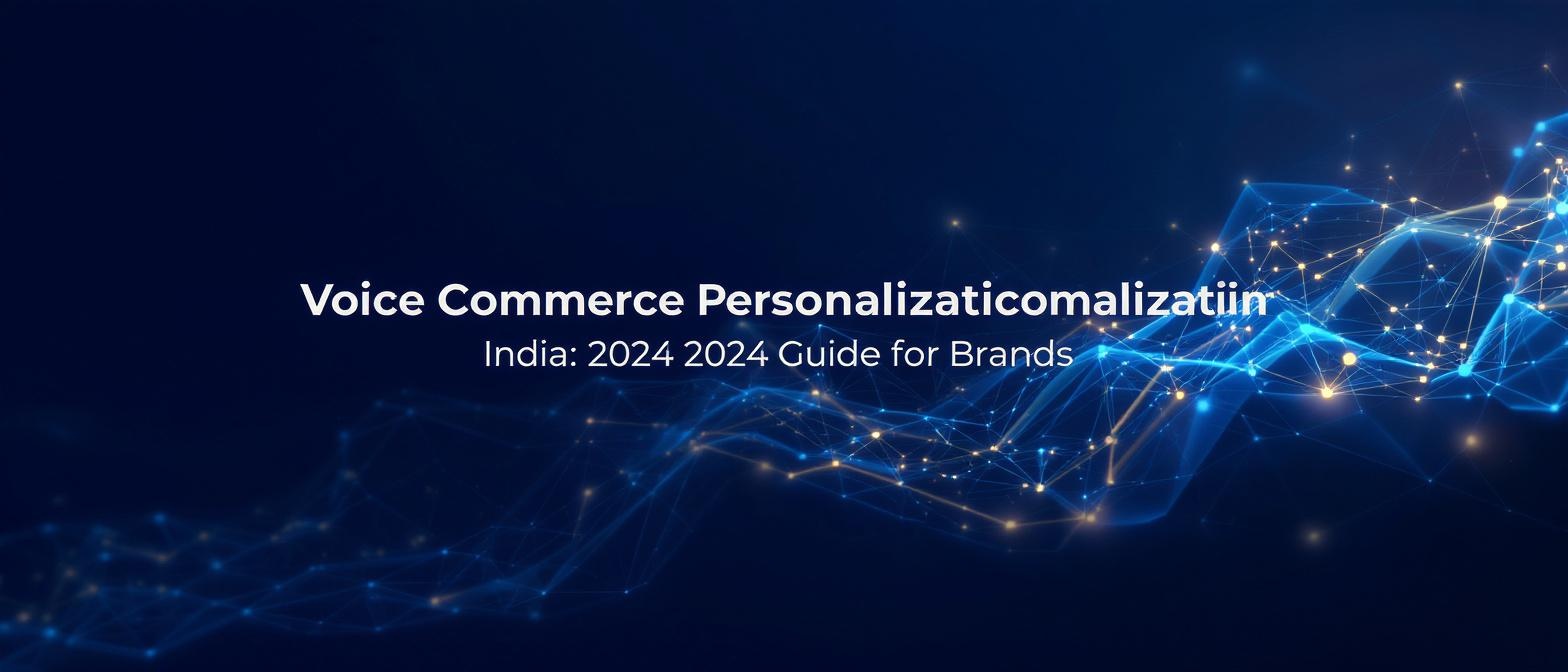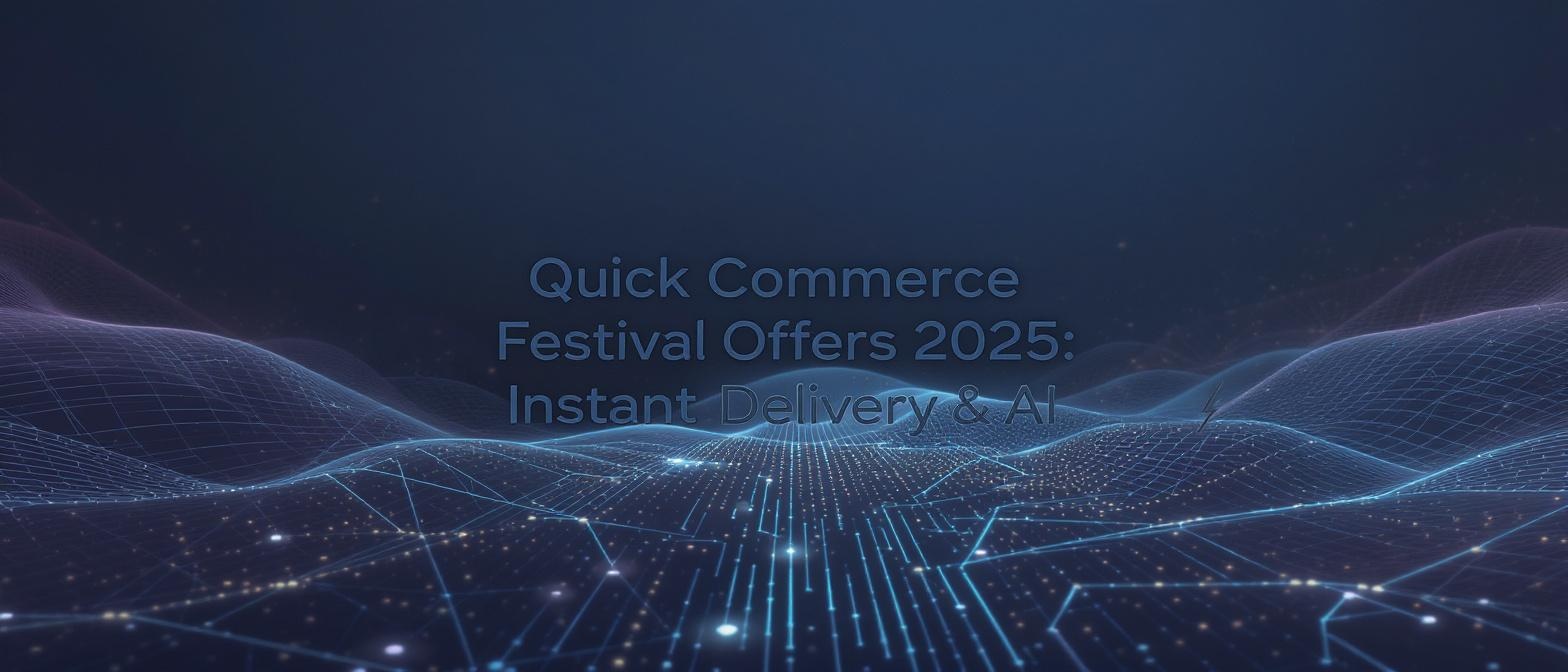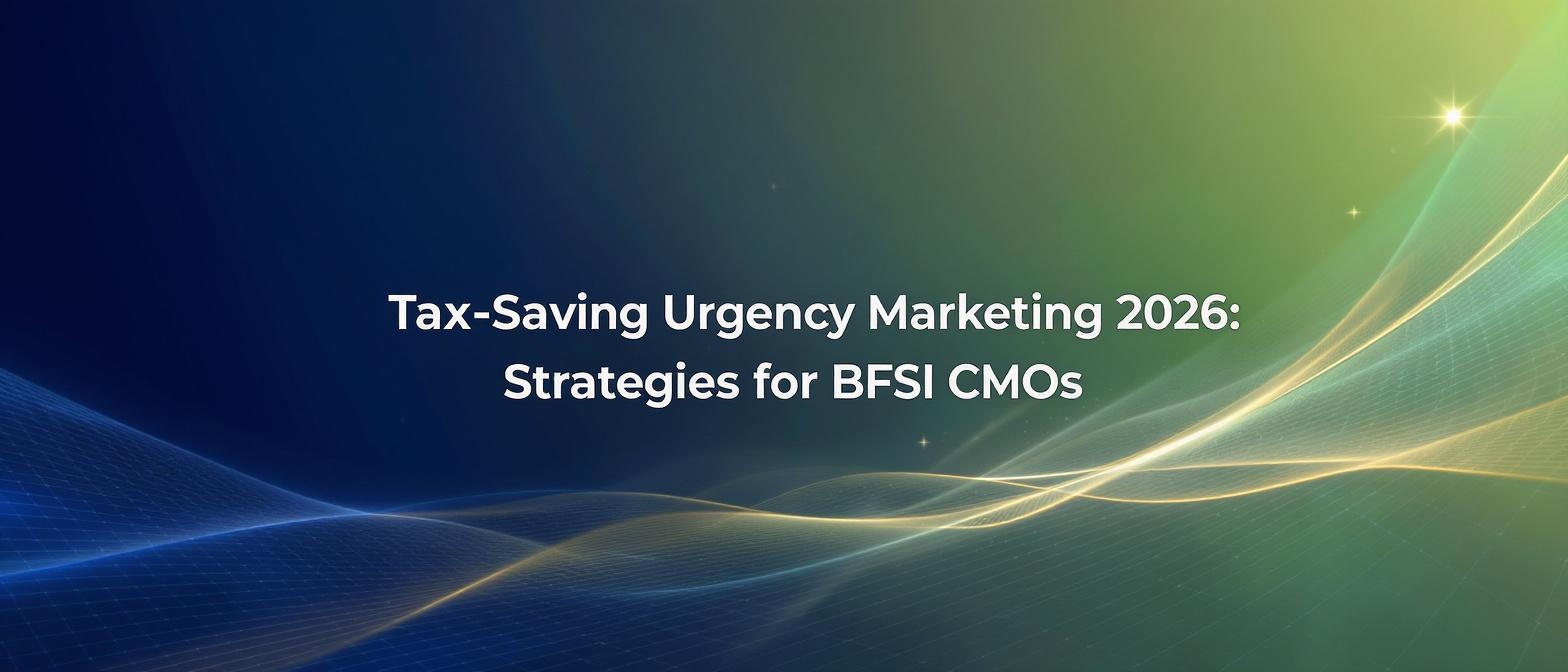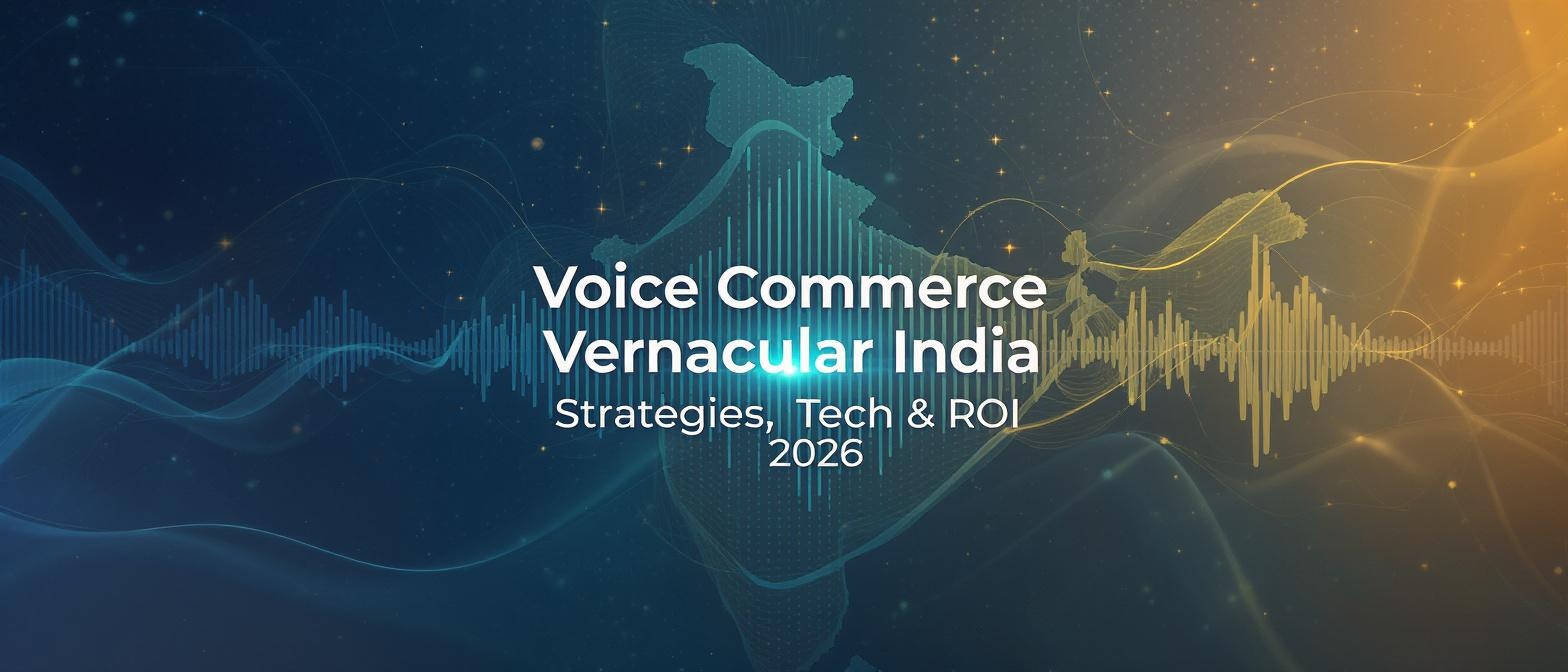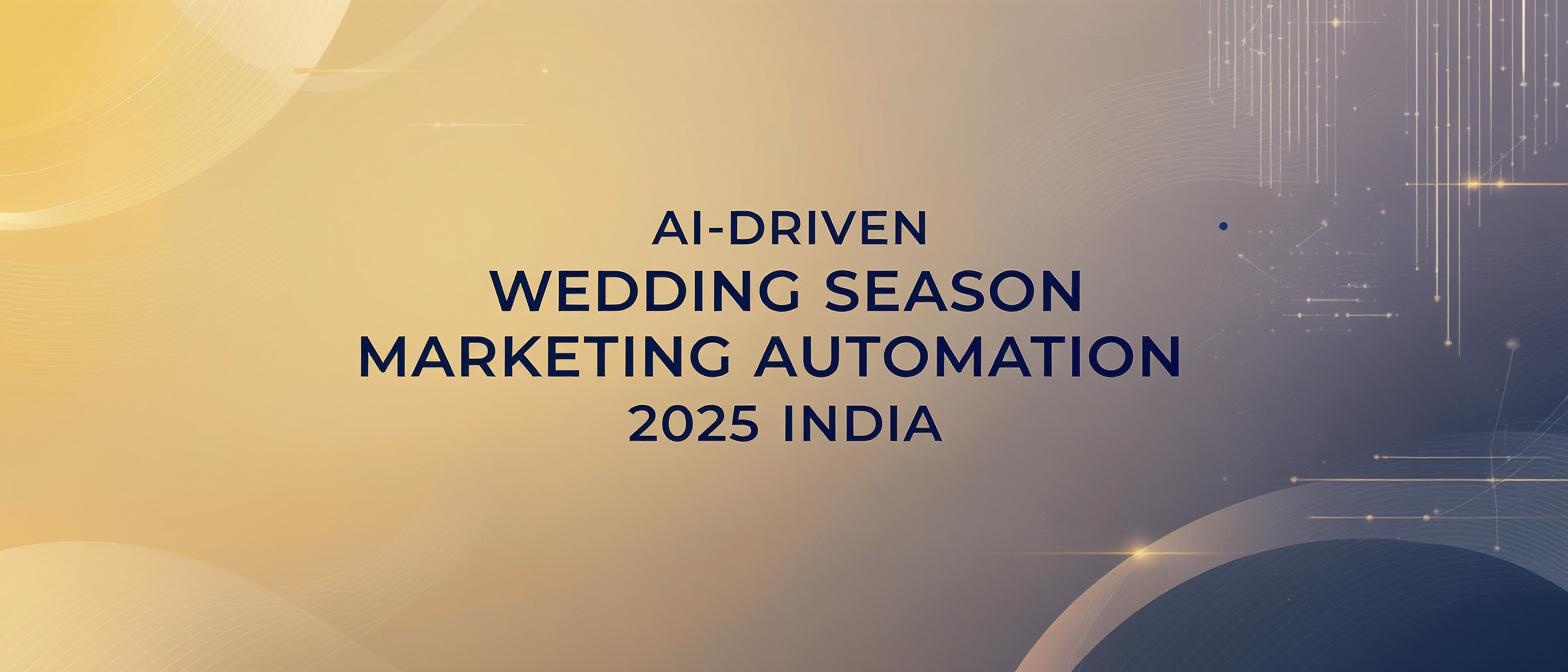Voice Commerce Personalization India: Enterprise Strategies & Trends for 2025
Estimated reading time: ~10 minutes
Key Takeaways
- Voice commerce in India is rapidly emerging as a key channel for brand engagement.
- Multilingual personalization is crucial to cater to India’s diverse linguistic landscape.
- Conversational AI marketing tools enable hyper-personalized user journeys at scale.
- Smart speaker integration and voice-activated videos deepen customer relationships.
The Dawn of a New Dialogue: An Introduction to Voice Commerce in India
Voice commerce is no longer a futuristic concept; it’s the present-day reality of digital transactions. It represents the execution of purchases and other commercial activities through voice-enabled devices like smart speakers and in-app virtual assistants, powered by sophisticated speech recognition and artificial intelligence. For enterprises, this shift from screen-based clicks to spoken commands marks a fundamental evolution in customer interaction.
The Indian market is uniquely positioned at the epicenter of this revolution. With a forecast of 1.15 billion smartphone users by 2025, including 650 million active online, the sheer scale of the opportunity is staggering. This digital saturation creates a fertile ground for voice technology to flourish, offering a more intuitive and accessible interface for a diverse population.
Market projections underscore this explosive potential, with India’s voice commerce sector expected to surge at a 32% compound annual growth rate (CAGR) through 2025. The core driver of this adoption is personalization—the art of customizing voice interactions based on user data such as purchase history, location, and language preferences. For enterprises, mastering voice commerce personalization in India is the key to unlocking unprecedented levels of customer experience and loyalty.
Source: https://irjhis.com/paper/IRJHIS2504013.pdf, https://www.grandviewresearch.com/horizon/outlook/voice-commerce-market/india
Navigating the Labyrinth: Personalization in India’s Multilingual Market
In a market as linguistically diverse as India, a one-size-fits-all approach to communication is doomed to fail. This is where AI-driven hyper-personalization becomes a game-changer, enabling brands to customize not just product offers but the very dialogue flows of their voice interactions. This meticulous tailoring significantly boosts user engagement and, ultimately, conversion rates.
India is home to 22 official languages and over 1,600 dialects, making localized voice experiences a non-negotiable requirement for any brand aiming for pan-India reach. Consumers are far more likely to trust and engage with a voice assistant that understands their native tongue, including its unique nuances and idioms. This demand for linguistic inclusivity is a primary driver of enterprise voice technology adoption.
The impact of getting this right is immense. According to industry reports, brands that successfully implement voice-enabled personalization are witnessing up to a threefold uplift in customer engagement. By speaking the customer’s language—literally—businesses can forge deeper, more authentic connections that static, text-based interfaces simply cannot replicate.
Source: https://irjhis.com/paper/IRJHIS2504013.pdf, https://www.storyboard18.com/brand-marketing/voice-enabled-commerce-is-set-to-emerge-as-a-disruptive-force-zeptos-chandan-mendiratta-50296.htm
Charting the Future: Voice Commerce Trends India 2025
The global momentum behind voice commerce is undeniable, with projections indicating the market will reach a colossal US$150.3 billion by 2025. This worldwide trend provides a powerful tailwind for the Indian market, which is poised for even more accelerated growth due to its unique demographic and digital landscape.
Market analysts at Fact.MR project rapid adoption across India, citing digital inclusivity and robust regional language support as key catalysts. As technology breaks down literacy and language barriers, millions of new consumers are being brought into the digital economy through the intuitive interface of voice. This democratization of access is a core component of the voice commerce trends India 2025.
A critical piece of this ecosystem is the proliferation of smart speakers. While still an emerging category, smart speaker household penetration in India is expected to approach 10% by 2025. This opens up entirely new, hands-free marketing channels directly within consumers’ homes, creating opportunities for ambient, context-aware engagement.
This trend is not lost on e-commerce giants. Amazon India has explicitly identified voice shopping as a top e-commerce trend for the coming year, signaling a major strategic shift toward integrating voice-first experiences into the mainstream retail journey.
Source: https://www.thebusinessresearchcompany.com/report/voice-commerce-global-market-report, https://www.factmr.com/report/voice-commerce-services-market, https://shipping.amazon.in/blog/ecommerce-trends
The Engines of Engagement: Conversational AI Marketing Tools
At the heart of modern voice commerce are sophisticated conversational AI marketing tools. These are not the rigid, script-based chatbots of the past; they are dynamic AI assistants capable of understanding natural language, interpreting intent, and driving personalized interactions at scale. These tools power everything from intelligent product recommendations to seamless order management and interactive loyalty programs.
For enterprises, the use cases are transformative. Imagine a CRM system that automatically triggers a personalized voice nudge to a customer who has abandoned their shopping cart. Picture an AI assistant that provides personalized upsell or cross-sell prompts based on a user’s real-time browsing behavior. These are the powerful applications that AI voice personalization enterprise solutions are enabling today.
A particularly innovative application is the use of hyper-personalized video delivered via API. This technology leverages customer data to dynamically insert personal details like names, purchase histories, or even unique visuals directly into a video message, creating a deeply engaging and memorable brand interaction.
Architecting Interaction: Voice-Activated Customer Engagement Platforms
A voice-activated customer engagement platform serves as the central nervous system for a modern enterprise’s voice strategy. These platforms provide the infrastructure to embed voice-activated workflows directly into websites, mobile apps, and smart devices, often through real-time APIs. This integration allows for a seamless flow of data and triggers between a brand’s existing marketing stack and its new voice channels.
Platforms like TrueFan AI enable enterprises to build and deploy these sophisticated experiences with remarkable agility. For instance, their technology allows for the real-time rendering of a personalized video in under 30 seconds, triggered by a customer’s voice command or another predefined event. This is made possible through robust API endpoints, such as a POST /api/post_new_request for initiating video generation and a webhook for signaling completion.
The power of this integration is best illustrated through practical examples. A customer abandoning a cart on an e-commerce site could receive a WhatsApp message moments later containing a personalized video from a celebrity brand ambassador, reminding them about the items. The effectiveness of these campaigns is meticulously tracked through advanced analytics dashboards, which monitor view rates, engagement lift, and even the impact of specific personalization elements like name mentions.
The In-Home Influencer: Smart Speaker Marketing Integration in India
The growing adoption of smart speakers in Indian households is creating a new frontier for marketers. The appeal of hands-free convenience, coupled with the rise of the smart home ecosystem, is driving sustained user engagement with devices like Amazon Alexa and Google Assistant. This creates a direct and intimate channel for brands to connect with consumers.
Effective smart speaker marketing integration in India goes beyond simple advertisements. It involves creating custom “skills” for Alexa or “actions” for Google Assistant that provide genuine value to the user. These can include personalized flash briefings with industry news, exclusive daily deals announced via voice, or interactive loyalty program prompts that make earning rewards feel like a natural conversation.
This is where the synergy between voice commands and other rich media formats becomes truly powerful. A user could interact with a brand’s smart speaker skill to inquire about a new product, and that voice trigger could, in turn, initiate the generation of an on-demand, personalized celebrity video greeting or an exclusive offer sent directly to their phone. This creates a multi-channel, interactive journey that deepens the brand-consumer relationship.
Speaking a Thousand Tongues: Multilingual Voice Marketing Automation
For enterprises operating in India, multilingual voice marketing automation is not a luxury; it is a strategic imperative. Automation platforms are designed to handle the immense complexity of localizing voice content, automating processes like translation, voice cloning, and even video lip-syncing across a vast array of languages. This technology is the key to executing cohesive, pan-India campaigns that feel locally relevant.
Scaling a personalized campaign across key Indian languages—such as Hindi, Tamil, Bengali, Telugu, and more—is a monumental task if attempted manually. Automation removes this bottleneck, ensuring brand consistency and message fidelity while adapting to the linguistic preferences of each target region. This capability is critical for achieving authentic engagement and maximizing marketing ROI in a diverse market.
The transformative power of this technology is evident in real-world applications. TrueFan AI’s 175+ language support and Personalised Celebrity Videos have been leveraged by major national banks, for instance, to create campaigns with perfect lip-sync and voice characteristic retention across multiple languages. This ensures that the celebrity endorsement feels authentic and directly addresses the customer, regardless of their native tongue.
The Enterprise Blueprint: Scaling Enterprise Voice Technology Adoption
The drivers for enterprise voice technology adoption are clear and compelling. Businesses are turning to voice to enhance the customer experience (CX), reduce churn, improve long-term retention, and gain significant operational agility. However, successful implementation requires a strategic and phased approach.
Integration best practices are crucial for a smooth and secure rollout. Experts recommend starting with a pilot program targeting a small, high-value segment, such as VIP customers, to test and refine the experience. Ensuring the security of data flows is paramount; look for partners with robust compliance credentials, like ISO 27001 and SOC 2 certifications, to protect sensitive customer information. Furthermore, a rigorous consent management framework for both celebrity talent and end-users is essential for building trust and ensuring regulatory compliance.
Enterprise-grade solutions often extend beyond standard software-as-a-service (SaaS) offerings. Leading providers deliver a consultative model that includes custom AI tools, such as face swaps or AI-powered jingle generation, to meet specific campaign needs. This is often coupled with flexible pricing structures and dedicated on-site support to ensure seamless integration and ongoing optimization. This level of partnership is vital for large organizations embarking on their AI voice personalization enterprise journey.
The New Narrative: Conversational Video Marketing
The next evolution in digital engagement is conversational video marketing. This innovative approach blends the immersive power of video with the interactivity of voice, creating videos that can respond to user inputs or are triggered by specific voice events. It moves beyond passive consumption, inviting the user to become an active participant in the brand narrative.
The real-world impact of this strategy is staggering. Consider Zomato’s Mother’s Day campaign, where the brand generated 354,000 unique, personalized videos in a single day, featuring a celebrity addressing the user’s mother by name. The campaign resulted in a threefold uplift in social media engagement, demonstrating the massive viral potential of hyper-personalization at scale.
Similarly, a campaign for the travel platform Goibibo featured cricketer Rishabh Pant in a personalized travel nudge. The simple act of including the user’s name and relevant context boosted the message read-rate by an impressive 17%. Solutions like TrueFan AI demonstrate ROI through these clear and measurable metrics, proving that conversational video consistently delivers higher click-through rates (CTR), conversions, and social shares compared to static voice or text-based messages.
The 2025 Horizon: The Future of Voice-Enabled Customer Experience
Looking ahead to 2025, the voice-enabled customer experience will become even more integrated and intelligent. We can expect to see the rise of seamless, omnichannel voice journeys where a conversation started on a smart speaker can be fluidly continued on a mobile app or in-car system. The convergence of voice with augmented reality (AR) and virtual reality (VR), along with deeper integration into the Internet of Things (IoT) ecosystem, will create truly ambient computing experiences.
However, this future is not without its challenges. Data privacy will remain a paramount concern, requiring transparent and ethical data handling practices. The technical hurdles of accurately interpreting diverse accents, dialects, and idiomatic expressions will demand continuous innovation in AI models. Additionally, ensuring interoperability between new voice platforms and legacy enterprise systems will be a significant integration challenge.
Despite these hurdles, the opportunities are immense. The future lies in delivering context-aware, real-time personalization at a scale previously unimaginable. By leveraging rich media like celebrity content within these voice interactions, brands can forge deeper emotional connections, moving beyond transactional relationships to build lasting brand affinity.
Conclusion: Your Voice, Your Customer, Your Future
The evidence is overwhelming: voice commerce personalization India is the new frontier of customer engagement. For enterprises, the path to differentiation lies in creating hyper-personalized, multilingual, and emotionally resonant voice experiences. This strategy is the key to building profound loyalty, boosting engagement, and capturing a decisive competitive advantage in a crowded marketplace.
Pioneers in this space are providing the enterprise-grade tools needed to navigate this transformation. As a leader in enterprise voice-activated video solutions, TrueFan is at the forefront, empowering brands to drive the next generation of marketing in India and beyond. The future of commerce has found its voice.
To unlock the full potential of your brand’s customer engagement strategy, it’s time to start the conversation. Contact TrueFan to pilot voice commerce personalization India at scale and discover how personalized voice and video can redefine your customer relationships.
Frequently Asked Questions
1. What is the first step for an enterprise to implement a voice commerce strategy?
The first step is to identify a clear and high-impact use case. Instead of a broad overhaul, start with a pilot project targeting a specific goal, such as reducing cart abandonment or personalizing welcome messages for new loyalty program members. This allows you to test, learn, and demonstrate ROI before scaling.
2. How can voice personalization cater to India’s diverse linguistic landscape?
Effective voice personalization in India requires a platform with robust multilingual capabilities. This involves not just direct translation but also culturally relevant adaptations, accurate text-to-speech (TTS) in regional accents, and technologies like AI-powered lip-sync for video content to ensure authenticity across languages like Hindi, Tamil, Bengali, and more.
3. What kind of ROI can be expected from investing in AI voice personalization?
ROI can be measured through several key metrics. These include increased conversion rates (as seen in personalized nudge campaigns), higher customer engagement (likes, shares, comments), improved message read-rates and click-through rates, and a long-term increase in customer lifetime value and retention.
4. How do platforms ensure data privacy and security with voice data?
Leading enterprise platforms prioritize security through rigorous compliance with international standards like ISO 27001 and SOC 2. This involves end-to-end data encryption, secure data storage protocols, and strict access controls. Furthermore, transparent user consent policies are crucial for building and maintaining customer trust.
5. Are voice-activated video solutions scalable for large enterprises with millions of customers?
Yes, modern platforms are built for massive scale. Through cloud-based architecture and efficient rendering pipelines, solutions from providers like TrueFan AI can generate hundreds of thousands of unique, personalized videos per day. This is managed via robust APIs that integrate directly into existing enterprise systems like CRMs and marketing automation tools.

